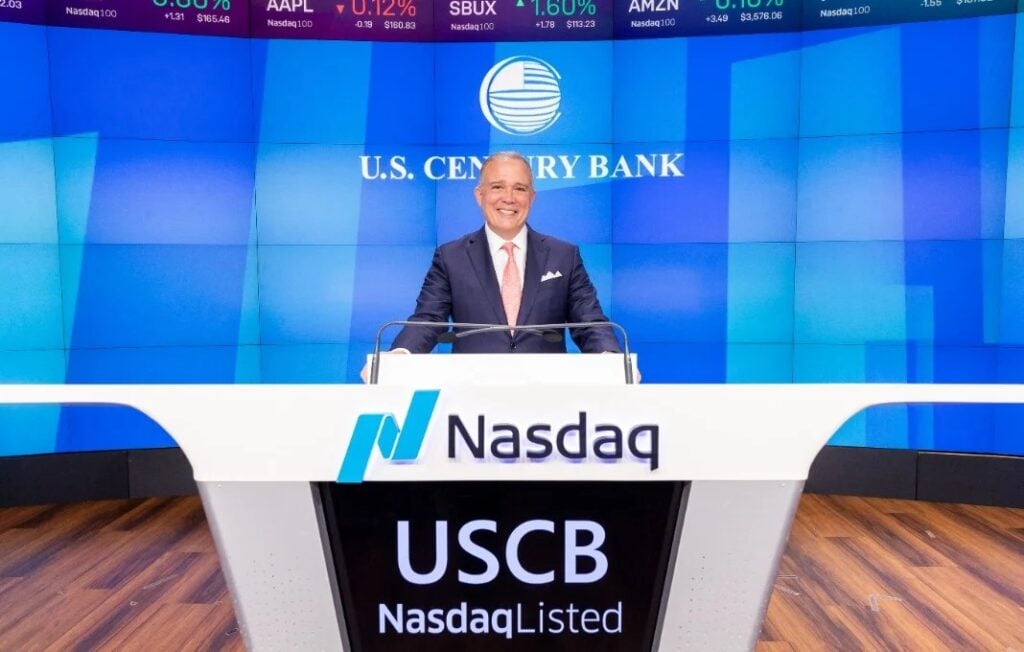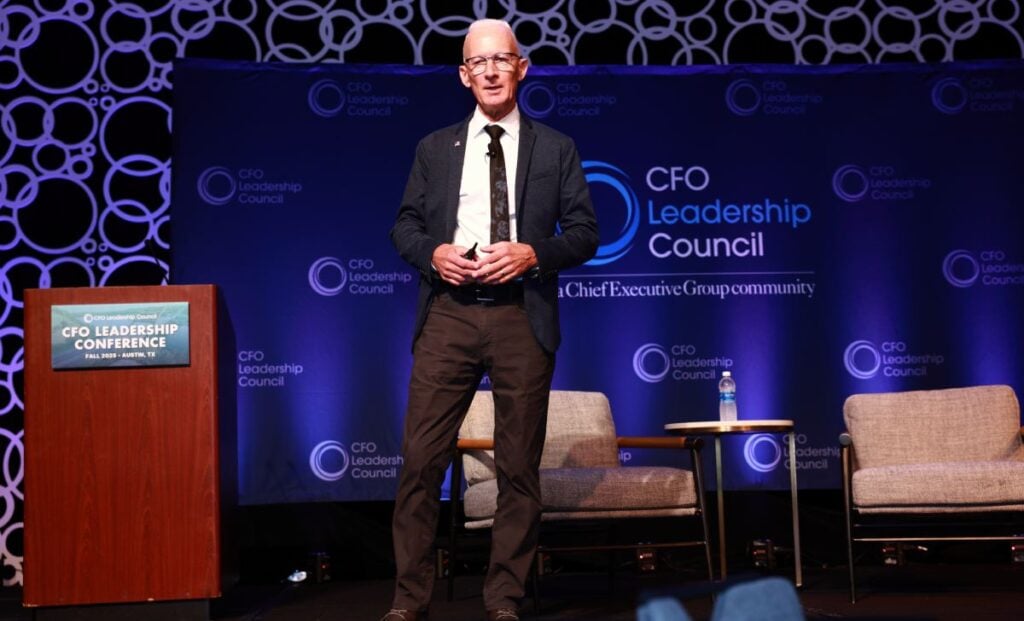Although many public companies say they are unfazed by the Trump administration’s tariff push, they are not taking it lying down. Negotiating cost concessions from vendors, resourcing parts, instituting supply chain efficiency measures, tightening cost controls, increasing the production of domestically made products and raising prices on some finished products are all part of a company’s game plan.
Tariff-induced cost increases are also prompting CFOs to adjust capital allocation, often resulting in the reprioritization of projects, says Michael Perica (photo above), CFO of Rimini Street, an enterprise IT support and services company specializing in large ERP systems.
Indeed, the fluid trade policy environment presents finance chiefs with a dilemma: Short-term moves to offset policy fluctuations may redirect resources away from laudable long-term goals, such as creating a more resilient supply chain to withstand future economic disruptions.
How can businesses address fluctuating trade policies and ensure future resilience in their supply chains? IT investments and upgrades will be a crucial part of adapting to rapid trade policy changes cost-efficiently. Katie Kuehner-Hebert asked Perica for some insights into why that is.
One solution to the tariff turmoil we’re seeing is investing in local suppliers. What are the advantages and disadvantages of that?
Partnering with local suppliers helps reduce exposure to tariffs and supply chain disruptions, while lowering transportation costs, improving lead times and enhancing operational agility. However, local sourcing may come with higher labor and production costs, requiring CFOs to evaluate the ROI carefully. Government incentives and tax benefits can help offset these cost differences, providing pricing stability and better control over the supply chain. Reducing reliance on overseas suppliers also enhances resilience to global disruptions, such as pandemics and geopolitical tensions.
Additionally, keeping production closer to home can foster collaboration between manufacturers, research institutions and technology developers, driving innovation and supporting R&D growth.
What role does IT strategy play in helping CFOs manage what may amount to a deglobalization of trade?
IT ideally enables supply chain visibility, allowing CFOs to make data-driven decisions on sourcing and logistics. For example, in uncertain trade environments, enterprise-wide analytics can improve forecasting and cost modeling. Automated compliance tools also help manage evolving tariffs, regulatory changes and tax implications. Companies that integrate finance, operations and procurement through IT gain a competitive advantage in an era of deglobalization.
However, rising cloud costs and vendor challenges, such as vendor lock-in, forced migrations and mandatory upgrades that may break custom configurations, must be taken into consideration when reviewing IT decisions in parallel with desired business outcomes. By optimizing spending on core IT infrastructure, such as ERP systems, enterprises can reduce unnecessary costs and improve operational resilience. That approach frees up resources for innovation in customer-facing and revenue-generating technologies.
How will technology and automation reshape financial planning in a deglobalized world?
AI and predictive analytics will enhance scenario planning for trade policy shifts. Flexible financial systems that can be customized to a business model enable real-time adjustments to tariffs and global pricing models, eliminating costly decisions associated with delays in data availability.
In the fragmented trade landscape, companies that invest in technology to develop a holistic, enterprise-wide AI capability can achieve greater cost savings, operational agility and better decision-making. But it is essential to ensure an operating entity does not commit to a single vendor’s captive AI strategy. Inflexibility can be costly and put the organization perpetually behind the technology curve.
Will CFOs shift toward more flexible budgeting models to handle global trade uncertainty?
We’ll see CFOs prepare multiple contingency scenarios to manage tariff fluctuations and supply chain disruptions more effectively. As trade policies evolve unpredictably, more frequent budget adjustments will also become necessary. Businesses will focus on cost-efficiency measures and optimizing operational spend, and financial planning will increasingly require cross-functional collaboration to align trade, finance and supply chain strategies.








